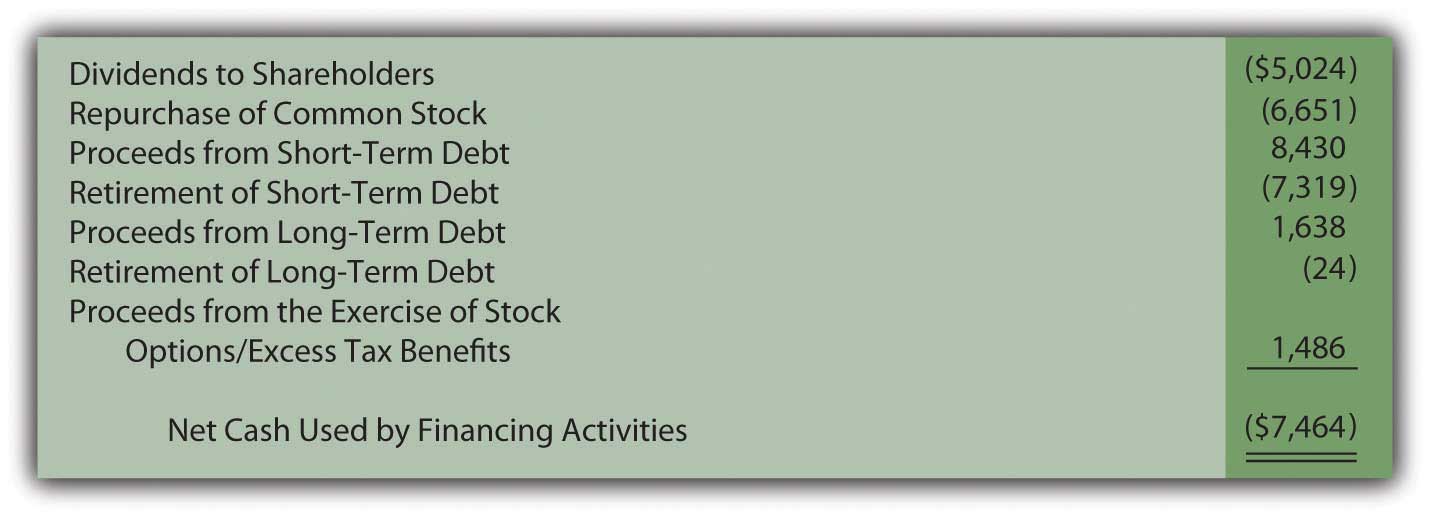
”use”), whereas a decrease in NWC is an inflow of cash (i.e. With that said, an increase in NWC is an outflow of cash (i.e.

Once the company pays the suppliers/vendors for the products or services already received, A/P declines and the cash impact is negative as the payment is an outflow. the cash is still in the company’s possession in the meantime). On the other hand, if accounts payable (A/P) were to increase, the company owes more payments to suppliers/vendors but has not yet sent the cash (i.e. cash payment), A/R declines and the cash impact is positive.Īnother current asset would be inventory, where an increase in inventory represents a cash reduction (i.e. Once the customer fulfills their end of the agreement (i.e. If accounts receivable (A/R) were to increase, purchases made on credit have increased and the amount owed to the company sits on the balance sheet as A/R until the customer pays in cash.

Decrease in NWC Asset → Increase in Cash.Increase in NWC Asset → Decrease in Cash.Moreover, the cash impact for changes in working capital are as follows: Net Working Capital (NWC): Current Assets In effect, this leads to the creation of line items such as accounts receivable which is counted as revenue recognized on the income statement, but whose cash payment has not actually been received yet. “earned”), as opposed to when cash is received. Under accrual accounting, revenue is recognized when the product/service is delivered (i.e. Cash Flow Impact: Changes in Net Working Capital (NWC) Since net income represents the profits under accrual accounting, the CFS adjusts the net income value to assess the true cash impact - starting by adding back non-cash charges. Typically, D&A is embedded within COGS/OpEx on the income statement, which reduces taxable income and thus net income. expenses are matched with corresponding benefits). Non-cash add-backs increase cash flow as they are not actual outflows of cash, but rather accounting conventions.įor instance, depreciation is the allocation of capital expenditures (CapEx) across the purchased asset’s useful life assumption, which is done to abide by the matching principle (i.e. All activities as above are considered as investing activities and recorded in Investing Activities Cash flow.Cash Flow from Operations = Net Income + Non-Cash Expenses +/– Changes in Working Capital Cash from Operations: Non-Cash Expense Adjustments (D&A) Moreover, Intel’s owners could think of selling their PPE in an area so as to gain money and invest in a new factory. Companies in the manufacturing industry like Intel spent lots of money on building and maintaining factories as well as supporting suppliers.

Let us take an example in the manufacturing industries. Therefore, it is not necessary to look at the net cash flow from investing activities and be upset at the business. Then, the company spends its money on buying new fixed assets or re-invest into other entities. Another way to get money is to sell its PPE – property, plant, and equipment. In order to maintain and expand the business, the company receives money from outside investors or its owner. Money from new investment, both from the company or from an investor to the company, and sales of fixed assets are comprised in the investing activities cash flow. Investing activities cash flow contains the changes during a reporting period on investment losses or gains.


 0 kommentar(er)
0 kommentar(er)
